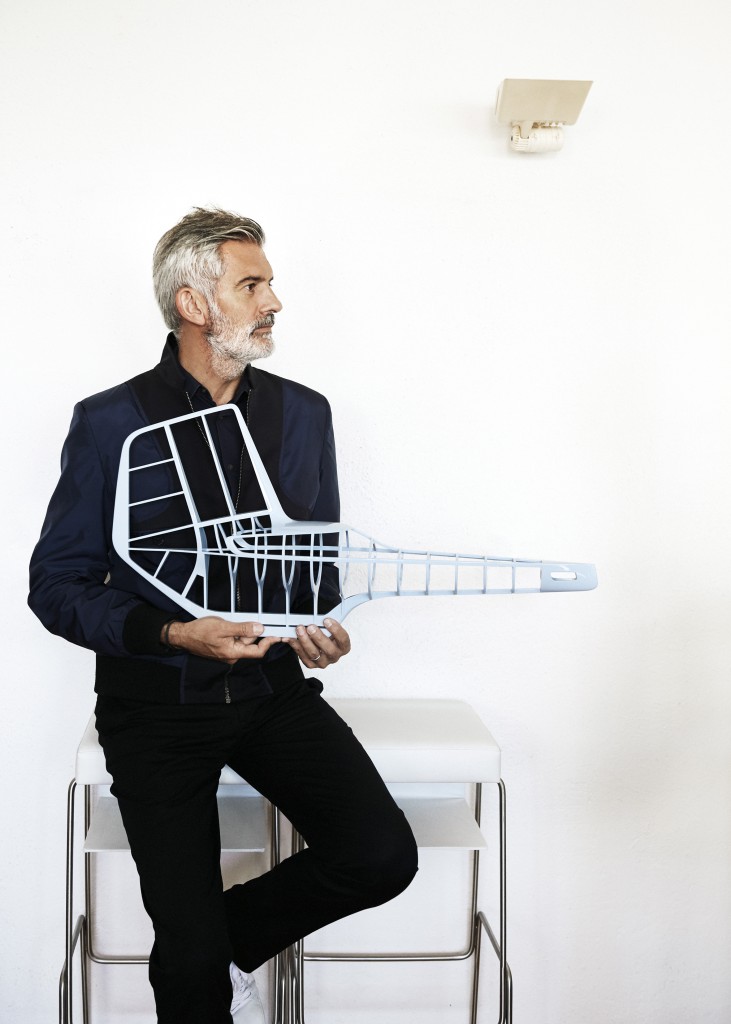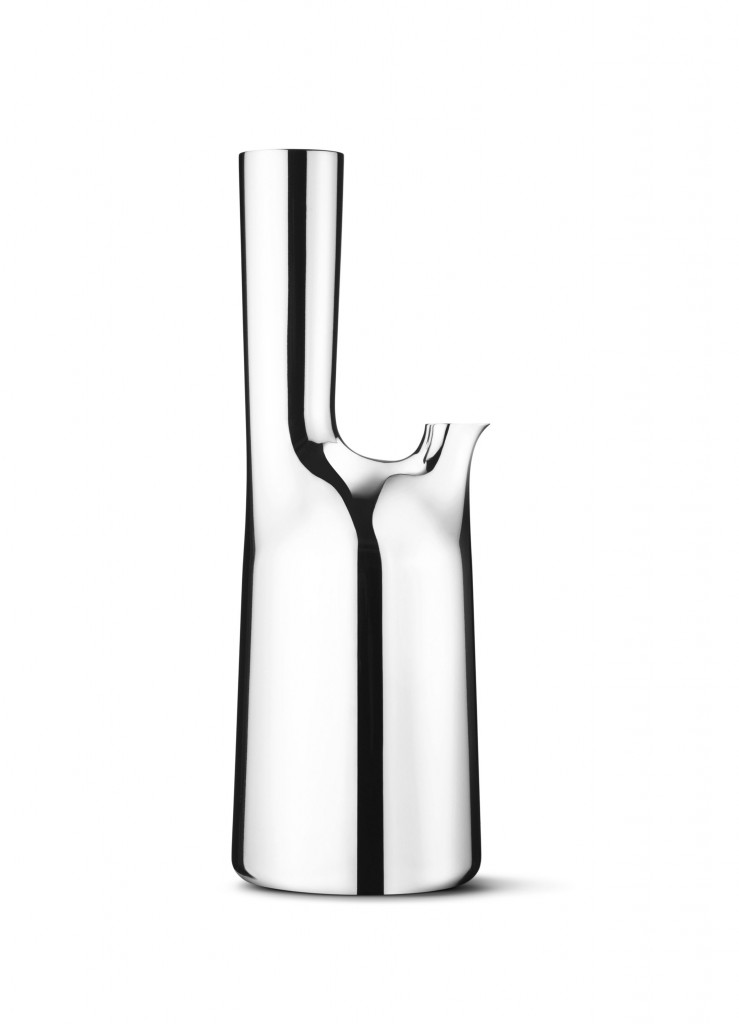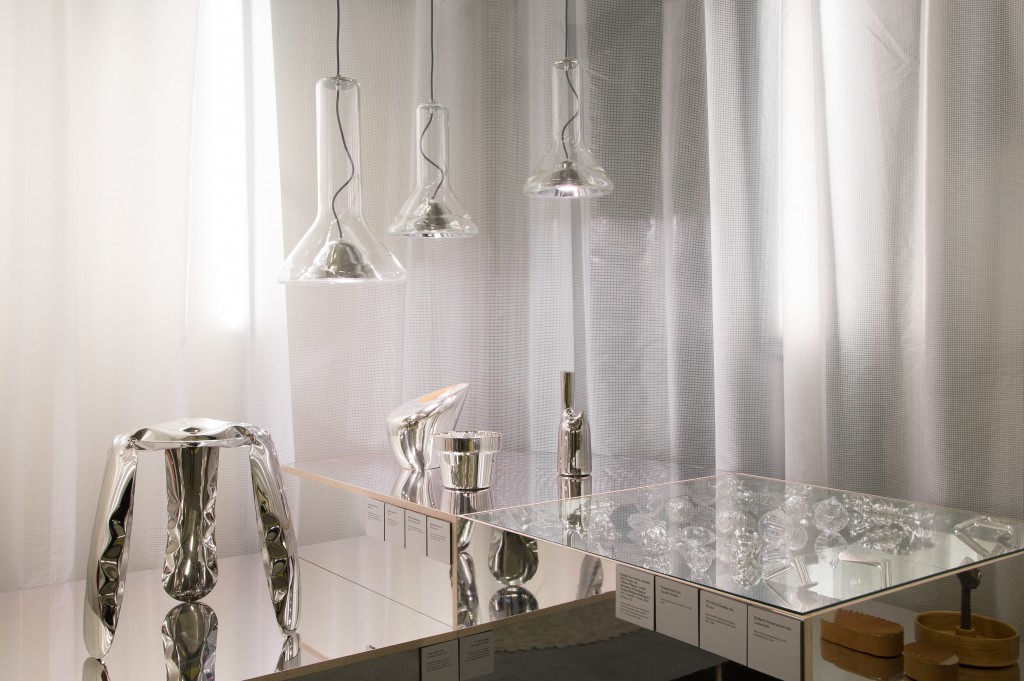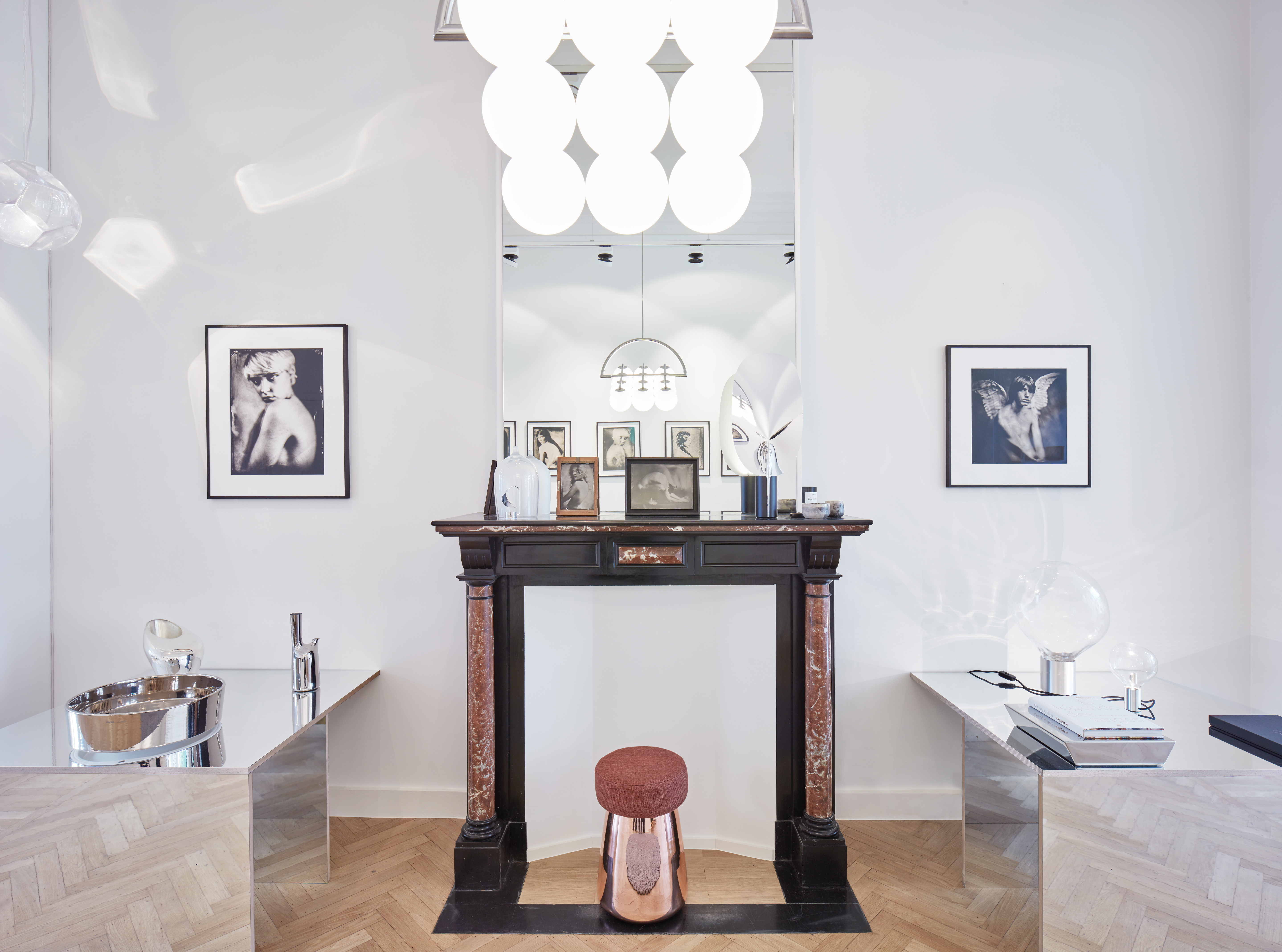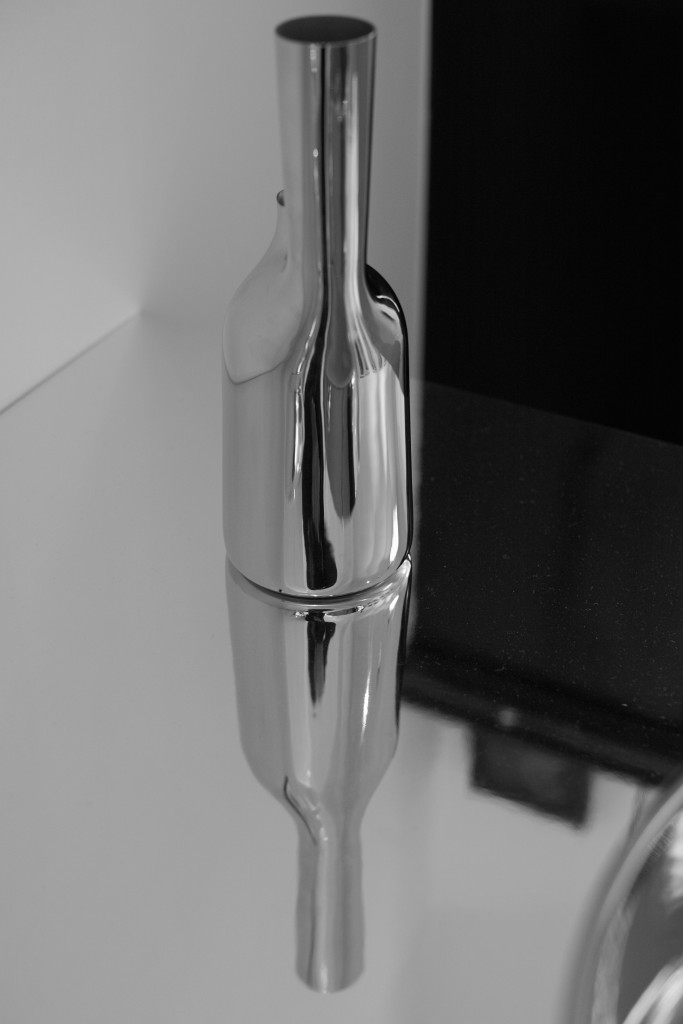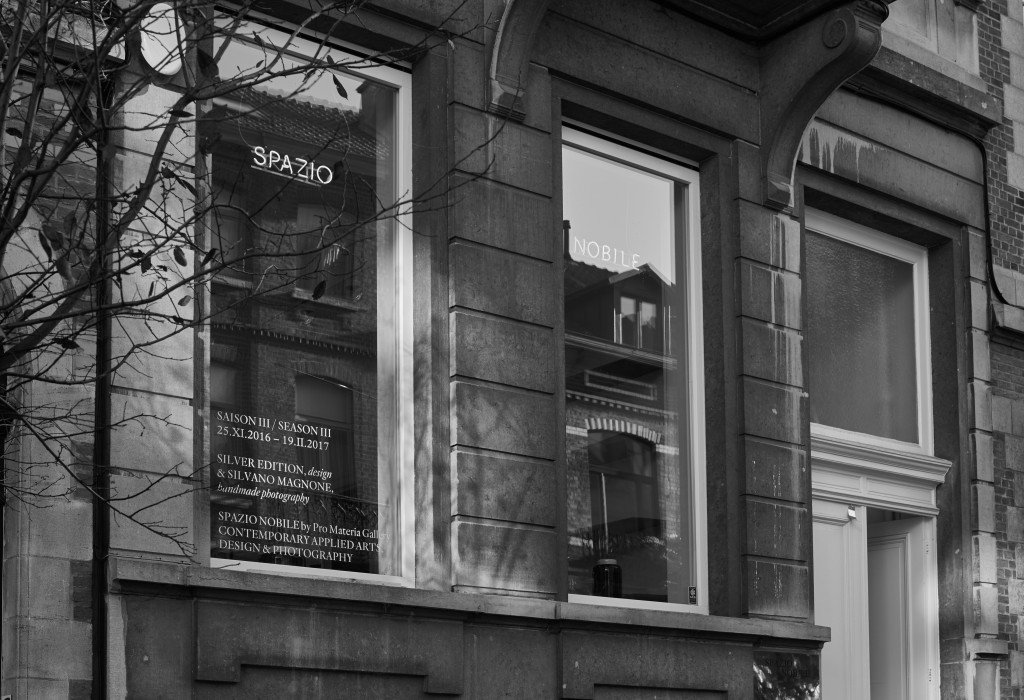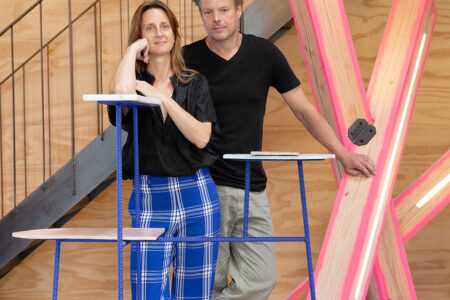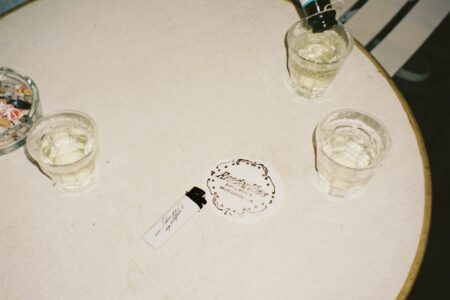Alfredo Häberli: Polished Pets
TLmag spoke to Alfredo Häberli about his silver-finished Peacock Pitcher for Danish brand Georg Jensen, on display at Spazio Nobile Gallery in Brussels until February 17, 2017.
Celebrated Swiss-Argentine designer Alfredo Häberli has been innovating the industry since launching his own practice over two decades ago. Based in Zurich, the niño curioso of Swiss design has worked with major brands including Alias, BMW, Camper, Iittala, Kvadrat, Moroso and Vitra, just to name a few. Exploring future-proof possibilities, Häberli still remains rooted in tradition, that of his native Argentina and his adoptive land. In 2014, he received the Swiss Grand Prix of Design. In 2006, he was named Guest of Honour at Biennale Interieur. Working in a plethora of applications, Häberli finds a sweet balance between joy and energy, expression and emotion, history and everyday observations. TLmag spoke to the designer about his silver-finished Peacock Pitcher for Danish brand Georg Jensen; a true promoter of the material.
TLmag: What is your affinity for silver as both a visual and material composite?
Alfredo Häberli: Since I was a child, I’ve been more attracted to silver than gold. While studying, I started to appreciate bronze. But with silver, one can achieve a shine and polish that transforms the material that reflects its surroundings; providing a contrast to a warm ambiance.
TLmag: Your Peacock Pitcher design features a silver finish. What visual, physical, or metaphoric treatment does this effect allow you to express?
AH: On one hand, the Peacock Pitcher has a strong highly polished and reflective mirror quality but on the other hand, it evokes the shapes of a bird. The finish was achieved by Georg Jensen’s recognised craftsmanship and master artisans. Underneath its sculptural association, the form functions as a carafe.
TLmag: In what way can the silver finish and chosen material extend the function of your design?
AH: It is always difficult to imagine how to work with a reflective surface. The shape is essential and sometimes uncontrolled. But the end result always depends on the surrounding environment.
